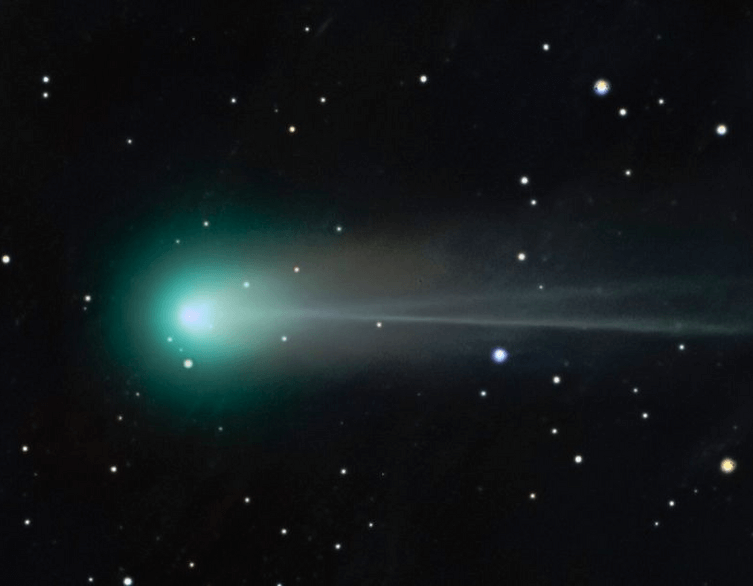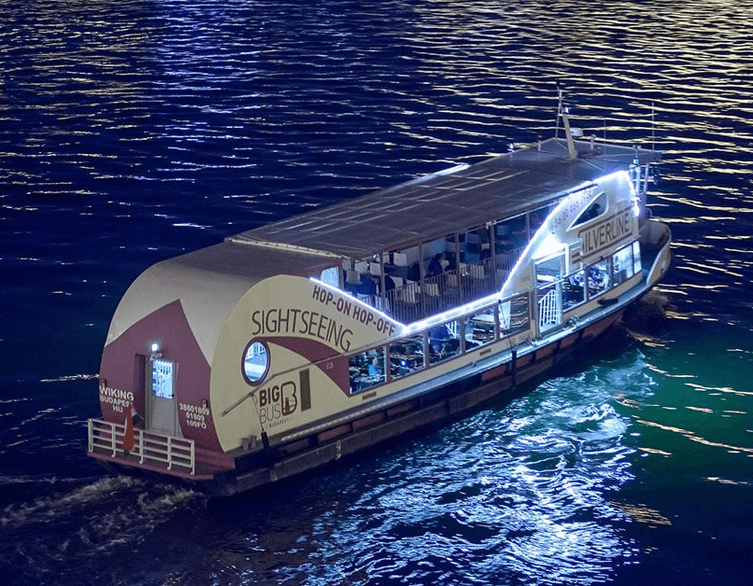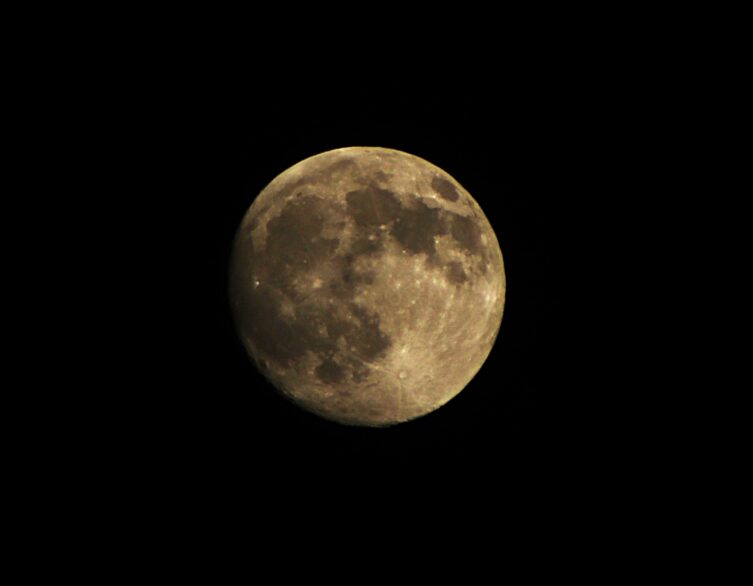Once in a Millennium: Spotting the Lemmon Comet From Budapest

Imagine witnessing a celestial event that hasn’t occurred since the Middle Ages and won’t happen again until the 32nd century. This October, Budapest residents and visitors have the extraordinary opportunity to observe Comet Lemmon, a cosmic traveler that journeys through our solar system only once every 1,350 years. With a bit of luck and clear skies, you can witness this spectacular phenomenon with your own eyes.
A Discovery That Changed Everything
On January 3, 2025, the Mount Lemmon Survey in Arizona, a program dedicated to tracking near-Earth objects, detected what astronomers initially believed was a small asteroid. The celestial body appeared compact and faint, giving little indication of its true nature. However, as researchers analyzed earlier photographs from the Pan-STARRS telescope and calculated its trajectory, they realized they’d found something far more remarkable: a long-period comet that returns to the inner solar system approximately once every 1,350 years.
The comet earned its name not from its distinctive greenish glow, as you might expect, but from the Mount Lemmon Observatory telescope that discovered it. Its official designation, C/2025 A6 (Lemmon), marks it as a comet discovered in early 2025. What makes this discovery particularly thrilling is that the comet’s current close approach to the sun will actually shorten its orbital period to approximately 1,150 years, meaning its next appearance won’t occur until the 32nd century. Simply put, this is a once-in-a-lifetime viewing opportunity in the truest sense.
When and Where to Look
According to the Svábhegy Observatory in Budapest, the optimal viewing window for Comet Lemmon stretches from October 15 to 26, during moon-free nights when the comet’s brightness peaks. Current measurements suggest the comet will reach a magnitude between 3.5 and 5, making it visible through binoculars and potentially observable with the naked eye under dark sky conditions.
Best deals of Budapest
The comet makes its closest approach to Earth on October 21, but astronomers predict October 22 will offer the easiest viewing opportunity. On that evening, look westward at 7:00 PM for Arcturus, an exceptionally bright star visible about 13 degrees above the horizon. Above Arcturus, you’ll find Izar, a moderately bright star in the constellation Boötes. The comet will appear down and to the left of Izar, close to this star at an altitude of approximately 22 degrees. Successfully spotting the comet requires an unobstructed western horizon with clear views.
If you miss the October window, November 7 presents another opportunity. On this first moon-free day following October 26, the comet will still be visible at 5:25 PM, positioned about 13 degrees above the horizon in the constellation Ophiuchus. However, after this date, the comet progressively approaches the horizon before bidding farewell to observers in the northern hemisphere.
The Science Behind the Spectacle
What creates that mesmerizing greenish glow visible in astrophotography of Comet Lemmon? The answer lies in chemistry. As the comet approaches the sun, solar radiation causes diatomic and triatomic carbon compounds in the comet’s nucleus to emit light, producing that characteristic green hue. This chemical signature is so pronounced that amateur astronomers with spectroscopy equipment can analyze the comet’s composition by studying its light emissions.
Photographs of Comet Lemmon reveal more than just its green coma. Behind the comet stretches a faint but intricate ion tail composed of multiple twisted filaments extending across the sky. This tail forms as the solar wind strips away ionized gas molecules from the comet, creating flowing streams that point away from the sun regardless of the comet’s direction of travel.
Preparing for Your Viewing
Successfully observing Comet Lemmon requires more than just knowing when and where to look. Budapest’s urban light pollution presents a significant challenge, so consider traveling outside the city center to areas with darker skies. The Buda Hills offer elevated vantage points with reduced light interference, while locations farther from the city provide even better conditions.
Weather plays an equally crucial role. October evenings in Budapest can be unpredictable, with clouds and fog potentially obscuring views. Monitor weather forecasts carefully and be prepared to adjust your viewing plans. Even on clear nights, atmospheric conditions affect visibility, with humidity and haze diminishing the comet’s apparent brightness.
While Comet Lemmon may become visible to the naked eye under optimal conditions, bringing binoculars significantly enhances the experience. Through binoculars, you’ll discern more detail in the comet’s structure, including its brighter core and the beginning of its tail. Photographers should note that even smartphone cameras can capture the comet with longer exposures, though dedicated camera equipment naturally produces superior results.
Why This Matters
Comets represent some of the solar system’s most ancient objects, frozen relics from the formation of our planetary neighborhood over four billion years ago. Each comet carries pristine material from the early solar system, making them invaluable time capsules for understanding cosmic history. Comet Lemmon spent most of its existence in the frigid outer reaches of the solar system, far beyond Neptune’s orbit, where temperatures hover barely above absolute zero.
The comet’s 1,350-year orbital period means the last time it graced Earth’s skies, Charlemagne was establishing his empire in Europe, the Tang Dynasty flourished in China, and the kingdoms of Anglo-Saxon England were just beginning to unite. No living person has seen this comet before, and no one alive today will see it again. This perspective transforms a simple evening of stargazing into a profound connection with cosmic timescales that dwarf human history.
Making the Most of the Moment
As October progresses, take time to step outside, look westward after sunset, and search for that faint greenish streak among the stars. Whether you observe it with sophisticated equipment or simply spot it as a fuzzy patch with your own eyes, you’re witnessing something extraordinary. This icy visitor has traveled unimaginable distances, heating up as it approaches the sun, shedding material that creates its glowing tail, performing a celestial dance that humans have watched with wonder throughout history.
Budapest’s location provides excellent viewing opportunities for northern hemisphere celestial events, and Comet Lemmon represents one of the year’s most significant astronomical phenomena. The Svábhegy Observatory and other Hungarian astronomical organizations will likely host public viewing events, offering chances to observe the comet through professional telescopes while learning from expert astronomers.
Don’t let this opportunity pass. Bundle up against October’s chill, venture to a dark location with clear western views, and look up. That pale green glow cutting across the constellation Boötes is a visitor from the depths of space and time, a cosmic messenger that won’t return for more than a millennium. When you look at Comet Lemmon, you’re seeing the same object that amazed observers in the 7th century and won’t appear again until humanity has likely colonized other worlds.
The universe rarely grants such clear reminders of our place in the cosmic order. This October, Budapest becomes a window to infinity, and all you need to do is look up.
Related news




















